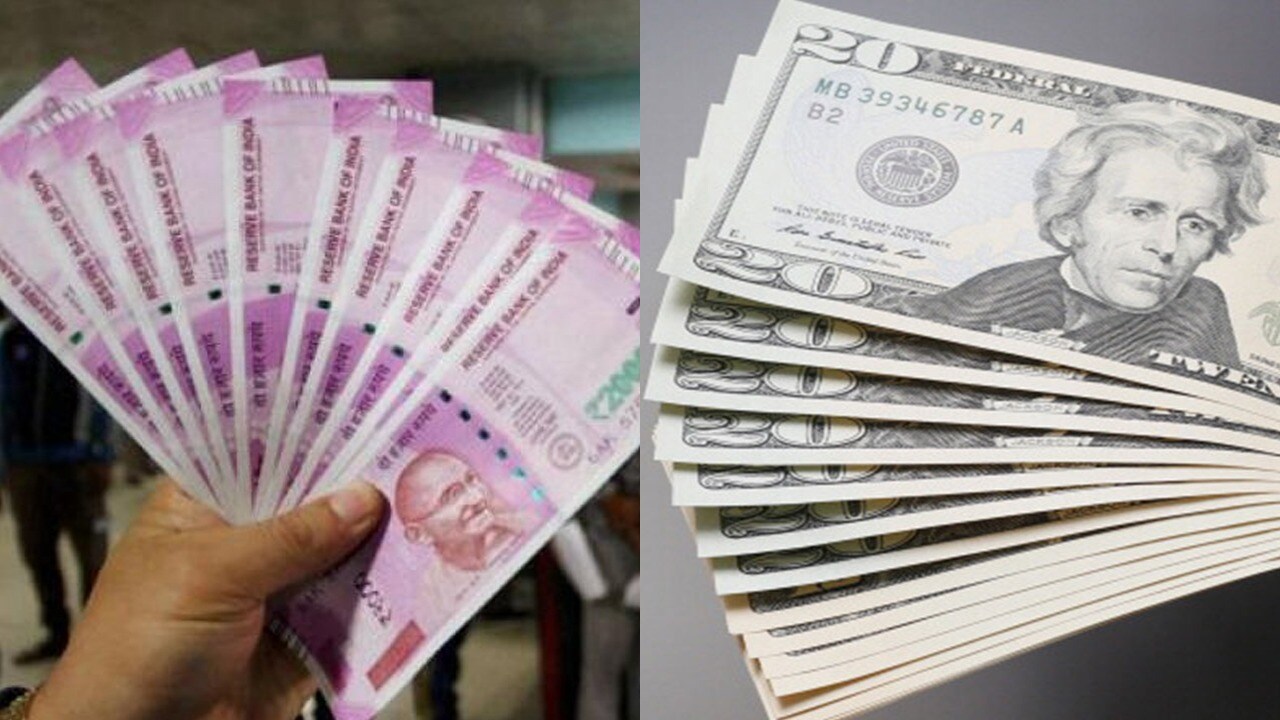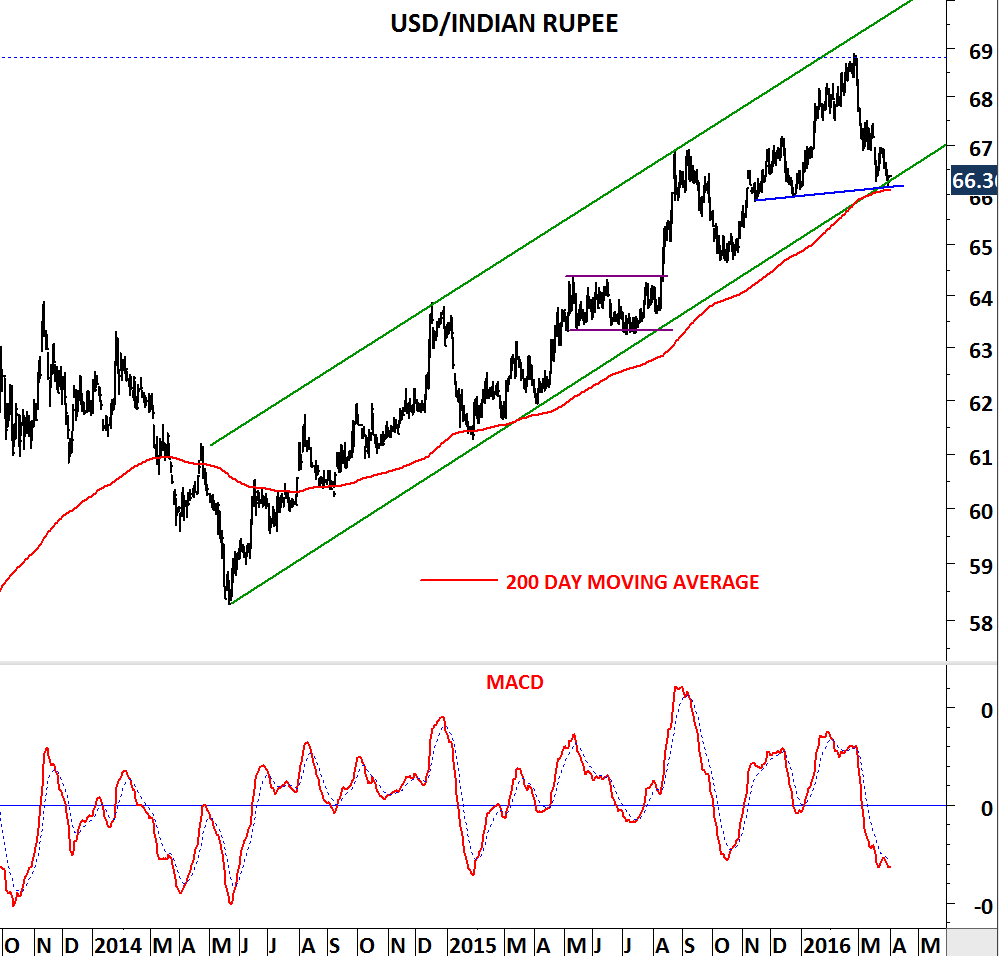

This encourages exporters to export more goods to Foreign Markets, which rectifies the ratio of export to imports. Moreover, India devalued its currency to make imports costlier and exports cheaper.

Ultimately, the Indian rupee has become weaker.īut the point is, why did India devalue its currency? India or any other country devalues its currency to manage their Balance Of Payment which has been worsening. But the current rupee vs dollar exchange rate is 0.013 USD for 1 INR, i.e., 75.92 INR for one US dollar in simple conversion.

It means that India was among some of the stronger countries in 1947. The exchange rate of Rupee vs dollar in 1947 was one Rupee for one dollar. India did three major currency Devaluations since 1947.

The market where the currencies of different nations are exchanged, traded or converted into any other country’s currency is called the Foreign Exchange Market. Devaluation does not affect the domestic value of the currency. In other words, the nation dilutes its currency, and now its currency will become less strong in the Foreign Exchange Market. Devaluationĭevaluing currency means that the currency’s value goes down with respect to the US dollar. If a country devalues their currency, then the amount of that currency in exchange for one US dollar will increase. Every country shows their exchange rate concerning the US dollar. It means to show the currency of a nation concerning the other government.
Centralised under: Federal Reserve System. Coins: Quarter, Dime, Nickel, Cent, Mill. Bank Notes: Stella, Eagle, Union, Grand. Moreover, other countries use dollars to evaluate their currencies, including India. After that, the US dollar became dominant in the world. At that time, the US dollar became the most efficient means of exchange in the trading sector. However, the US dollar gained popularity after the bans on international exchanges during World War I. The US dollar is also among the most popular currencies in the international trading sector. Moreover, the US dollar is very dominant over the currencies of other countries. The US dollar is denoted by USD, and the sign of the US dollar is “$”. The monitoring of the US currency is done by the Federal Reserve System, which is the so-called Central Bank of America. We can say that a cent equals 1/100th part of a dollar. Moreover, the dollar was first introduced in 1792 under the Coinage Act. The dollar is the official currency of the United States of America.It is also known as American Dollar or Bucks. The next stop of “rupee vs dollar” is the dollar. Centralised under: Reserve Bank of India. After some time, In 2017, the circulation of new Rs 10, 20, 50, 100 and 200 notes was also ordered. Moreover, the government ordered RBI to print new notes of Rs 500 and Rs 2000. The Indian government announced the demonetisation of Rs 500 and Rs 1000 notes to fight against the problem of black money. At the same time, the coins are available in 1, 2, 5, 10 and 20. Furthermore, the RBI prints the notes’ 10, 20, 50, 100, 200, 5 Rs value. Moreover, ‘Rs’ and ‘Re’ were used as the sign of the Indian Rupee before 2010. However, the parallel lines on the top of the sign show the National Tricolour Flag. The “₹” sign combines the Hindi Consonant’ ra’ and the Latin Capital letter R. In 2010, “₹” was announced as the official symbol of the Indian Rupee. Moreover, there was no symbol of the Indian rupee until 2010. The currency management is done under the Reserve Bank of India Act, 1934 by the Reserve Bank of India. Right now, the one rupee coin is the smallest value of the currency used in India. Indian Rupee is the centralised currency of India, which is monitored and controlled by the Reserve Bank of India. To understand the topic of the rupee vs dollar, we first have to learn about the Indian Rupee. Here is all the important information about the rupee vs dollar. This decline in the rupee’s value has been because of several factors, including the 1966 economic crisis and demonetisation. Since then, the value of the Indian rupee has only gone down. The Indian Rupee was equal to the dollar in 1947. The Indian rupee vs dollar history commenced in 1944 when the Britton Wood Agreement was passed.








 0 kommentar(er)
0 kommentar(er)
